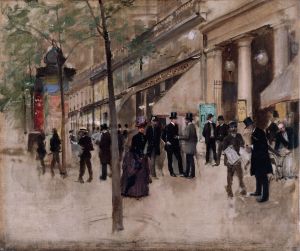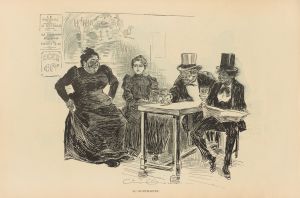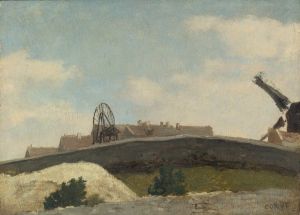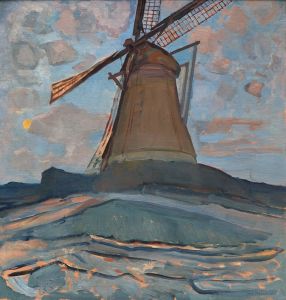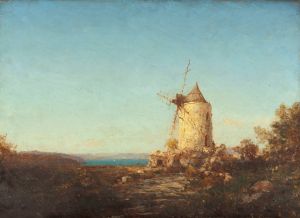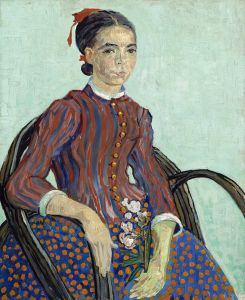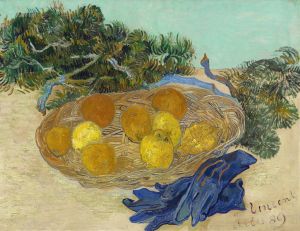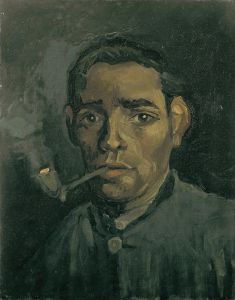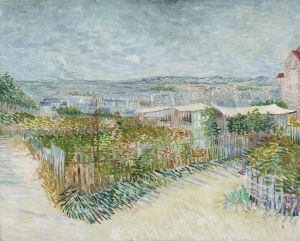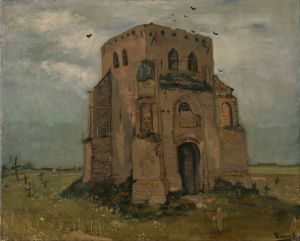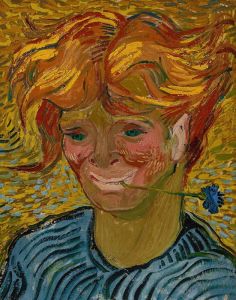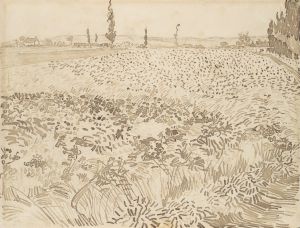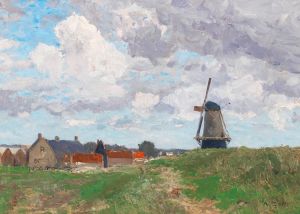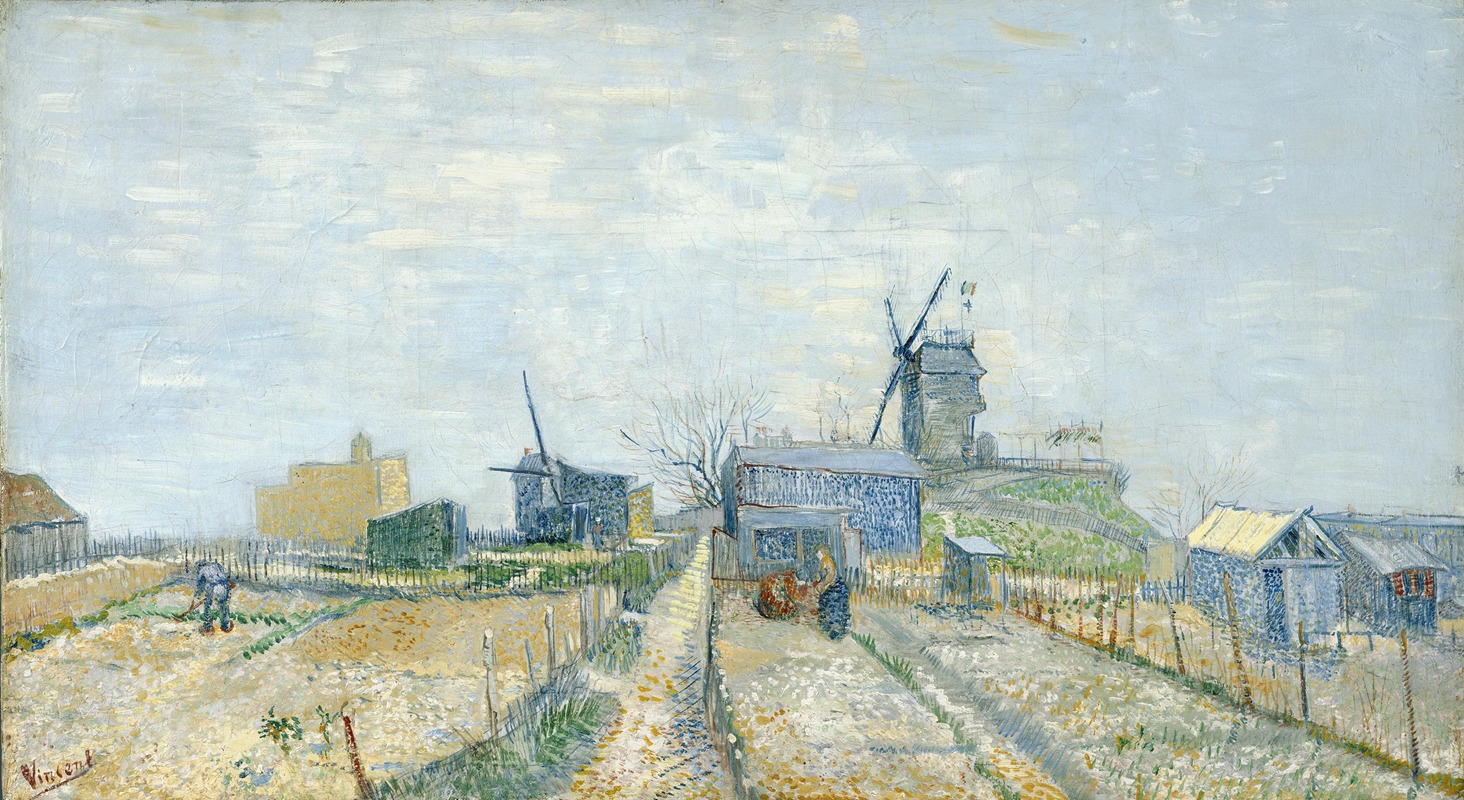
Montmartre; mills and vegetable gardens
A hand-painted replica of Vincent van Gogh’s masterpiece Montmartre; mills and vegetable gardens, meticulously crafted by professional artists to capture the true essence of the original. Each piece is created with museum-quality canvas and rare mineral pigments, carefully painted by experienced artists with delicate brushstrokes and rich, layered colors to perfectly recreate the texture of the original artwork. Unlike machine-printed reproductions, this hand-painted version brings the painting to life, infused with the artist’s emotions and skill in every stroke. Whether for personal collection or home decoration, it instantly elevates the artistic atmosphere of any space.
"Montmartre; Mills and Vegetable Gardens" is a painting created by the Dutch Post-Impressionist artist Vincent van Gogh in 1887. This work is part of a series of paintings and drawings that van Gogh produced during his time in Paris, where he lived from 1886 to 1888. The painting depicts a rural scene in Montmartre, a historic district in the northern part of Paris, which was undergoing significant urbanization during the late 19th century.
The artwork captures a view of the Montmartre area before it became fully integrated into the urban fabric of Paris. At the time, Montmartre was known for its windmills, open fields, and vegetable gardens, which provided a stark contrast to the bustling city below. In this painting, van Gogh portrays the rustic charm of the area, with its mills and cultivated plots of land, reflecting a moment of transition as the district began to lose its rural character.
Van Gogh's use of color and brushwork in this painting is characteristic of his evolving style during his Paris years. Influenced by the Impressionists and Neo-Impressionists he encountered in the city, van Gogh began experimenting with lighter, more vibrant color palettes and looser brushstrokes. These techniques are evident in "Montmartre; Mills and Vegetable Gardens," where he employs dynamic strokes and a harmonious blend of earthy tones to convey the texture of the landscape and the atmosphere of the scene.
The painting is notable for its historical and artistic significance, as it documents a period of transformation in Montmartre and showcases van Gogh's artistic development during his Parisian period. While van Gogh is best known for his later works created in the south of France, his time in Paris was crucial in shaping his approach to color, composition, and technique.
Today, "Montmartre; Mills and Vegetable Gardens" is recognized as an important example of van Gogh's work from this transitional phase of his career. The painting is held in a private collection and has been exhibited in various galleries and museums, allowing the public to appreciate its historical and artistic value.





